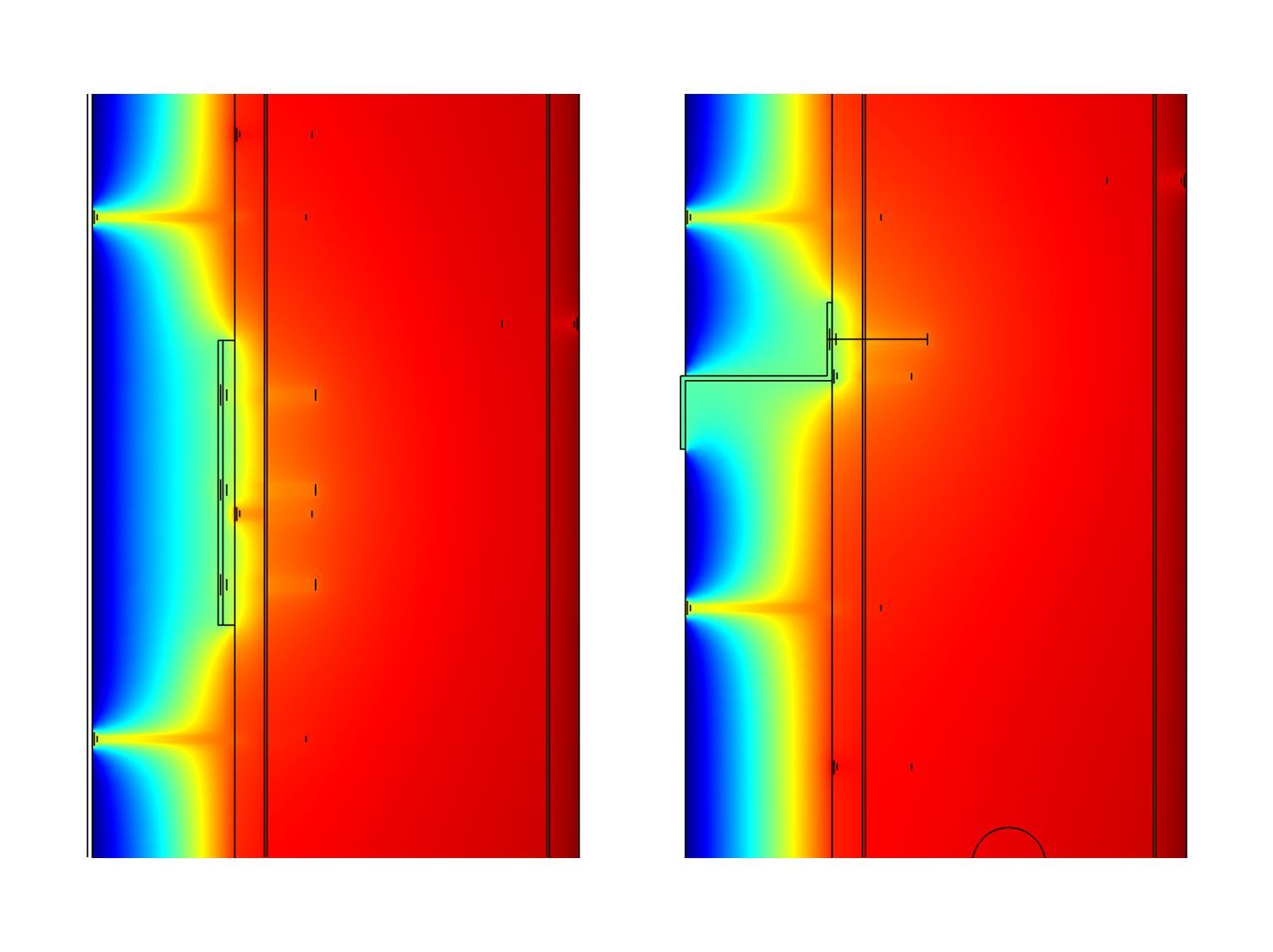Tags: #architecture #buildingdesign #buildingenclosures #buildingenvelopes #buildingmaterials #buildingproducts #buildingscience #fasteners #insulation #materialsscience

Thermal performance of cladding attachment systems – here, we see visually the relative effects of fasteners.
Ranking the effects of fasteners for all systems under all conditions is not easy, nor practical. And there is almost always an exception to every rule. The fact is, it depends. Several factors play a role, such as fastener location, fastener composition, fastener size, number of fasteners, the type of attachment system and its composition, and substrate type. Only a single conclusion can be drawn – fasteners that have relatively little impact in an exterior C.I. system are those behind the C.I. system and those that do not touch the cladding attachment system. And yes, there are even exceptions to this; for example, attachment systems having ‘low’ thermal conductivity.
Here, I compare two systems, a bracket and a girt. Note the relative impacts of three cladding attachment fasteners versus a single fastener. Anything traversing the insulation layer is always relevant (insulation fasteners). And obviously the cladding attachment system itself is not a fastener, although it has become one in the eyes of many. More to come in my upcoming white paper.